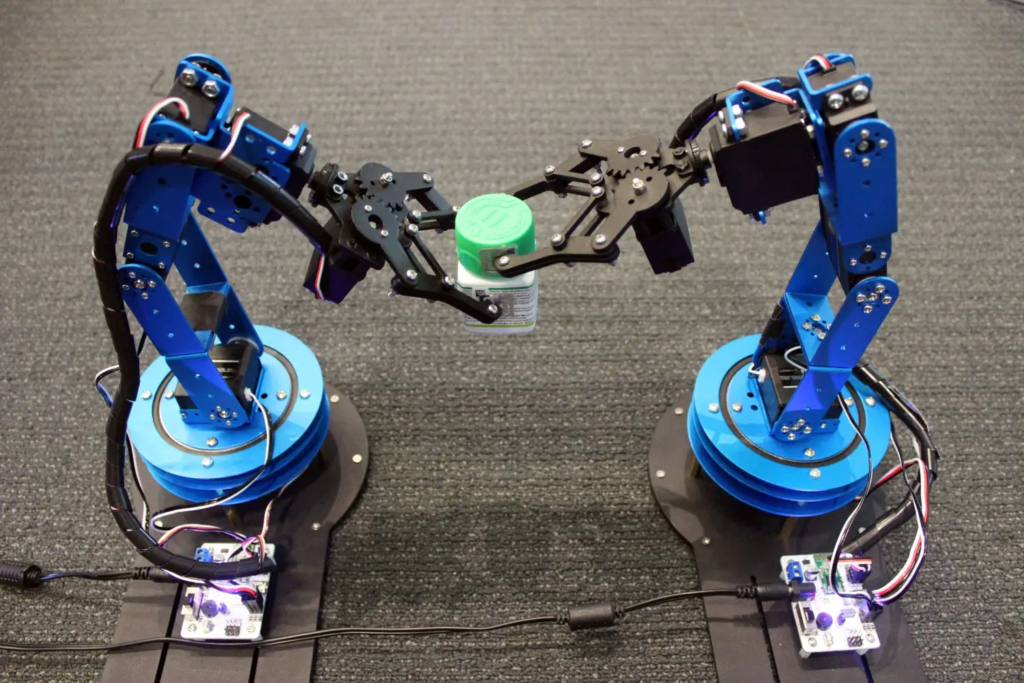The Harmony of Design: Unraveling the Complexities of CNC Devices in PCB Manufacturing
In the world of printed circuit board (PCB) manufacturing, Computer Numerical Control (CNC) devices have revolutionized the way electronic components are designed and manufactured. At the heart of this transformation lies the intricate marriage of design and material structure. In this article, we will delve into the intricacies of CNC devices in PCB manufacturing, exploring the mechanisms that bring together precision, efficiency, and reliability.
The Puzzle Pieces: Components of CNC Devices in PCB Manufacturing
CNC devices in PCB manufacturing consist of a series of interdependent components, each playing a vital role in the production process. These components can be broadly classified into two main categories: mechanical and electronic.
Mechanical Components
- Machine Frame: The sturdy foundation of any CNC device, the machine frame provides the structural backbone for the entire system. Typically made from robust materials like steel or aluminum, it ensures the stability and precision required for high-volume production.
- Table or Bed: The precision-cut, flat surface that holds the workpiece (PCB) in place, allowing for accurate positioning and movement.
- Spindles and Accessories: The mechanical components responsible for performing various tasks, such as milling, drilling, or turning, which are crucial for the fabrication of electronic components.
- Tool Changer System: A mechanism that enables the quick and efficient exchange of cutting tools, reducing setup times and increasing overall productivity.
Electronic Components
- Controller: The brain of the operation, responsible for processing and executing the set of instructions (G-code) that guide the CNC device’s movements. This microcontroller or computer is the soul of the system.
- Feedback Systems: Sensors, detectors, and transponders monitor and report back to the controller, ensuring accurate real-time feedback and precise control over the manufacturing process.
- Motor Drives: High-torque, high-precision motors that power the mechanical components, allowing for smooth and precise motion.
- Cables and Connectors: The communication highways, facilitating the exchange of data, power, and control signals between components.
The Harmonious Interplay of Design and Material Structure
CNC devices in PCB manufacturing are meticulously designed to achieve optimal performance, reliability, and efficiency. The intricate dance between mechanical and electronic components relies on a deep understanding of their individual capabilities, limitations, and interactions. Here, we’ll explore the key factors that influence the design and material structure of these components:
Design Considerations
- Geometry and Precision: The need for precise control and extreme accuracy in movements and machine operations requires meticulous design and manufacturing to ensure the proper alignment and clearance of components.
- Dynamic Balance: The relationship between the mechanical and electronic components must be carefully balanced to minimize vibration, noise, and thermal effects, which can impact performance and lifespan.
- Ergonomics and Usability: Human-machine interface (HMI) design elements, such as user-friendly control systems and clear visualization, enhance operator efficiency, safety, and job satisfaction.
Material Selection
- Strength and Durability: The selection of robust, high-strength materials (e.g., steel or aluminum) ensures the structural integrity and resistance to wear and tear.
- Surface Finishing: The choice of surface treatment and finishing techniques (e.g., anodizing, painting, or plating) affects the aesthetics, corrosion resistance, and overall durability of the components.
- Thermal Management: Effective heat dissipation and dissipation strategies, such as fans, heat sinks, or thermal interface materials, are crucial for maintaining optimal operating temperatures and preventing component failure.
The Convergence of Design and Material Structure
In the world of CNC devices in PCB manufacturing, the harmony between design and material structure is pivotal. By understanding the intricate relationships between these components and the importance of their interactions, experts can create highly efficient, reliable, and maintainable devices. As the demand for increasingly complex electronic components continues to grow, the convergence of design and material structure will remain at the forefront of innovation in the field.
In the next installment of this series, we’ll delve deeper into the world of CNC devices, exploring the latest advancements in the field and the impact of artificial intelligence and the Internet of Things (IoT) on the future of PCB manufacturing. Join us as we continue to unravel the complexities of this ever-evolving industry.
Conclusion
In this article, we have examined the intricate design and material structure of CNC devices in PCB manufacturing. From the mechanical components that shape and form the workpiece to the electronic components that control and monitor the process, every part is carefully designed and engineered to achieve optimal performance, reliability, and efficiency. As the industry continues to evolve, the careful balancing act between design and material structure will remain critical for producing high-quality, precise, and reliable electronic components.

















